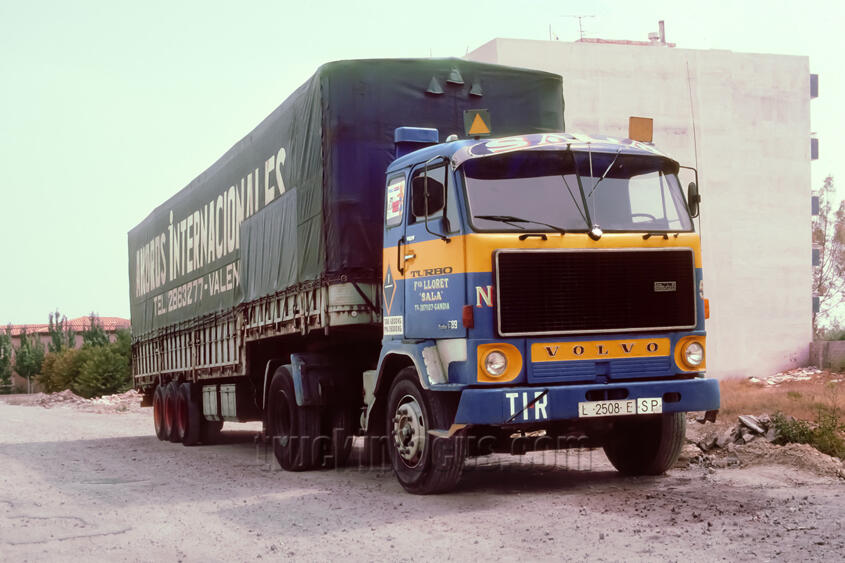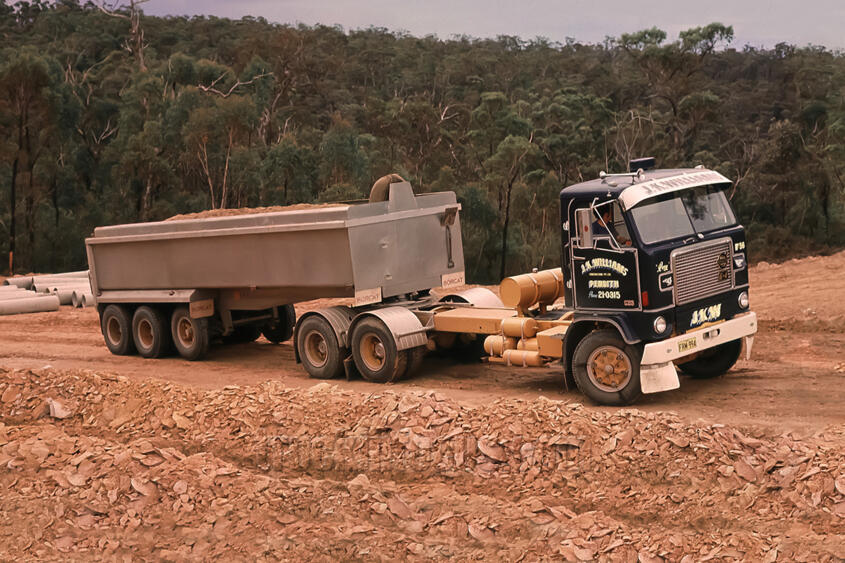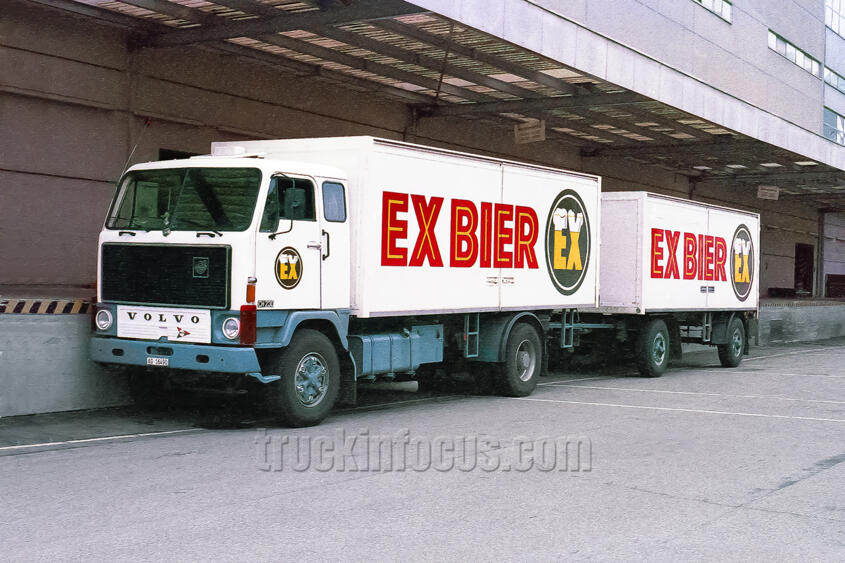The Volvo Chronicle
Page 5
By Christoph Büch (Berlin 2024)
In 1965 the F 88 came out, its 6x2 version was called FB 88. It had the cab of the Titan TipTop, but a newly developed drive line. The 9.6-liter diesel engine now produced 166 to 200 hp in the naturally aspirated version and 260 hp as a turbo. Added to this were a new eight-speed transmission and stronger axles and frames. By the beginning of the sixties, 75 percent of all engines sold came with a turbo. Here, the Swedes were clearly ahead throughout Europe. The new technology was also available in the conventionals with the type designation N 88. Both designs soon enjoyed great popularity and were produced until 1977. Small differences characterized the various generations of the F 88: Until 1966, small horizontal turn signals were located under the windshield, until 1968 they were located above the headlights, and from 1969 they became larger and were placed vertically on the edges of the vehicle. The grab handles under the windshield also underwent some position changes. From 1973 to 1977, the F 88 had a black plastic grille instead of the metal grille of its predecessors.
The number of conventionals produced from 1965 to 1973 was about 20,000 units, while the number of cab-overs was twice as high: from 1965 to 1977, more than 40,000 cab-overs F 88 left the Gothenburg factory facilities.
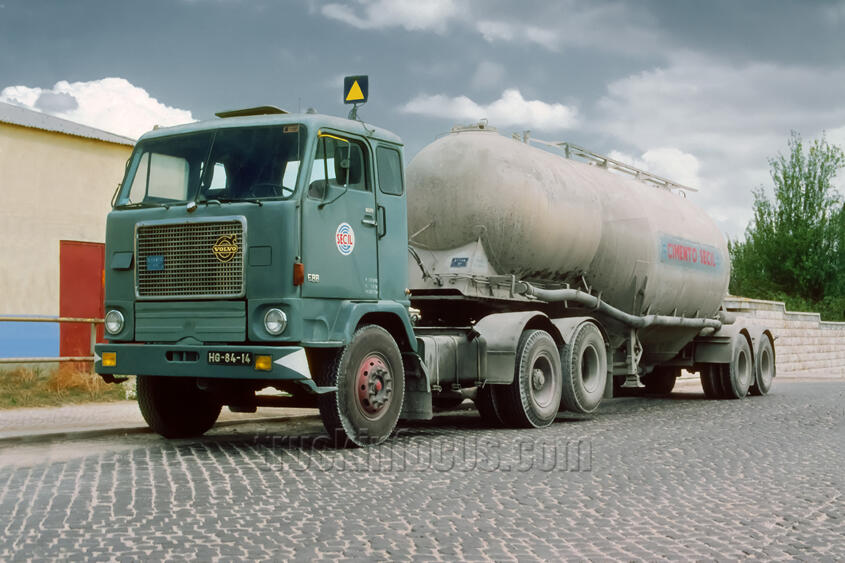
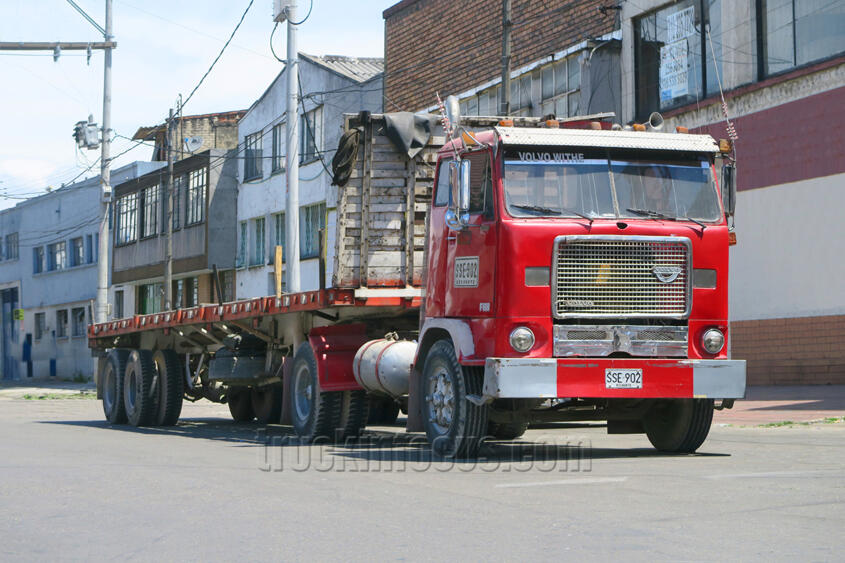
In the medium weight classes, Volvo introduced the F 86 cab-over in 1965 as the successor to the "Viking TipTop". The corresponding conventional was the N 86, which externally resembled its predecessor but bore the new type designation on the side of the hood. Both received a new diesel engine with a displacement of 6.7 liters, which reached 200 hp with turbocharging. In line with the F 88, the mid-range models also received an eight-speed transmission, albeit smaller in size. Apart from the introduction of a black plastic grille in 1973, the exterior of the F 86 remained almost unchanged from 1965 to 1979, with 40,796 units produced. The N 86 conventional produced 12,785 units from 1965 to 1973. Below the F 86, Volvo introduced the F 85 in 1965 as the successor to the L 475 "Raske" and the N 84 conventional. They covered the weight range from 12 to 15 tons and were mainly intended for the Scandinavian market. They were powered by diesel engines with 107 to 180 hp. Their unit numbers were just under 17,000 for the cab-over (1965 to 1978) and 7,822 for the conventional (1965 to 1972).
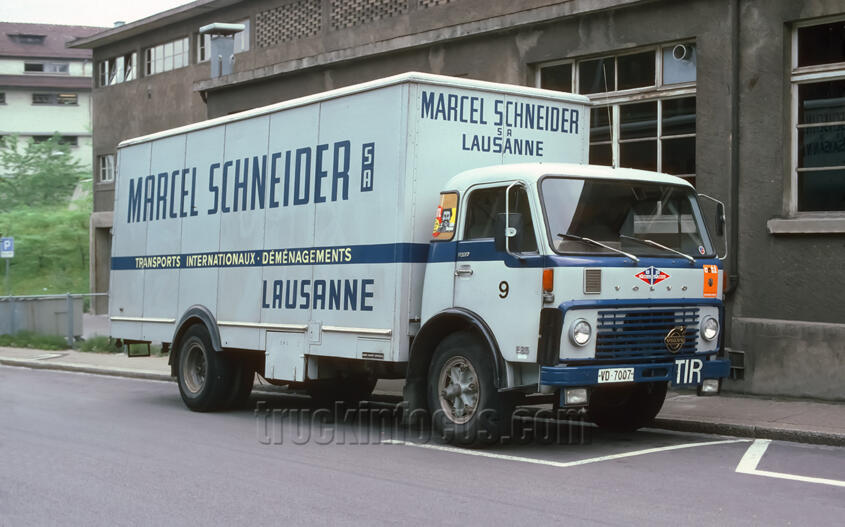
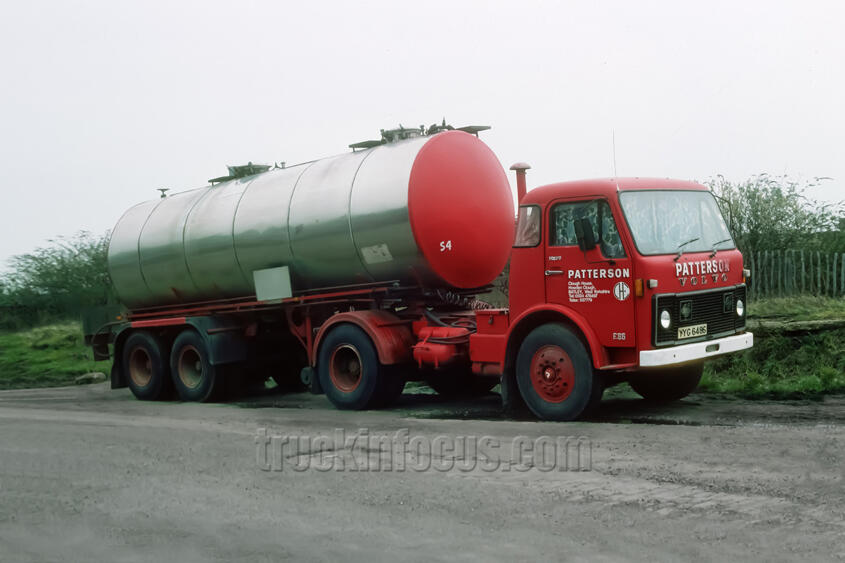
Incidentally, the F 86 was the model with which Volvo succeeded in entering the British market. However, it was not Volvo itself that exported the first units to the UK, but Scottish entrepreneurs Jim McKelvie and Jim Keyden. Their experience with British truck manufacturers and their attitude toward customers was apparently less than satisfactory. They therefore turned to Volvo to build up a well-functioning dealer and service network with the Swedes. In 1967, the then fledgling company Ailsa Trucks was established in Barrhead near Glasgow, creating the basis for Volvo's presence in Great Britain. By importing the F 86, McKelvie and Keyden were able to score with a quality product, the sale of which they optimized with a modern service. This consisted of a comprehensive after-sales service network, fast spare parts delivery and an emergency telephone number for drivers. The new service standard and the high quality of the Volvo vehicles convinced the British. From 165 units in 1967, sales rose to 2000 vehicles in 1972, the year Volvo opened an assembly plant in Irvine, Scotland. Three years later, Volvo was the British market leader in heavy tractor units. Of interest is a British version of the F 86 with twin headlights.
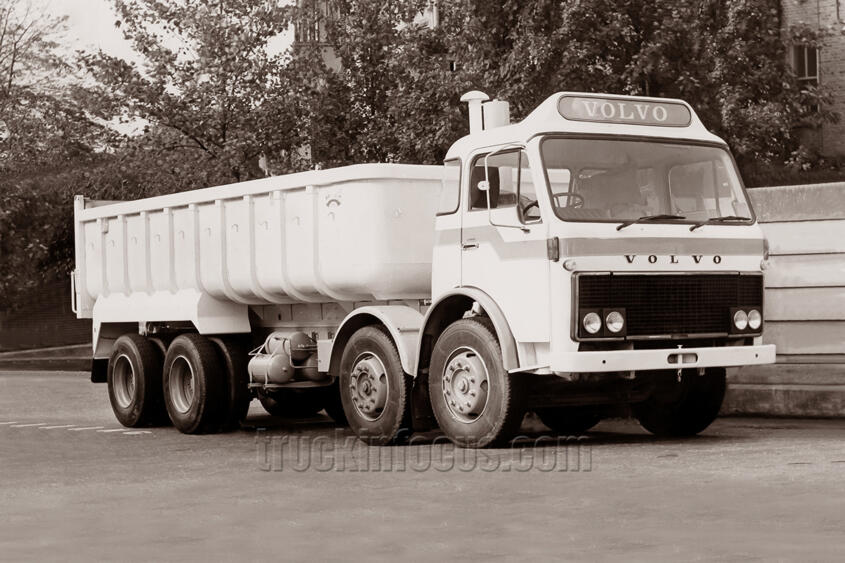
At the end of the sixties, the demand for trucks with higher performance in the heavy classes increased in Europe. Unlike many other manufacturers, Volvo stuck with the inline six-cylinder with exhaust turbocharging. In the fall of 1970, the F 89 truck model was introduced. Its cab was based on the F 88, but had a wider radiator grille made of black plastic. Its newly developed 12-liter engine with turbo produced 330 hp and was superior in torque and fuel consumption to the otherwise large-displacement naturally aspirated engines. This engine was coupled to a wide-spread 16-speed transmission. With this powertrain, Volvo was a pioneer in Europe. In the years that followed, this technology also became established at all other manufacturers. The F 89 was produced almost unchanged in more than 21,000 units from 1970 to 1978. In some countries it was also offered with an 8x4 chassis, and in Australia and other countries the heavy cab-over models were available as the G 88 and G 89 with the front axle positioned further forward. In the seventies Volvo developed the CH 230, a special variant with lighter axles for the Swiss market. The vehicle was given narrower fenders, because the maximum permissible vehicle width in Switzerland at the time was 230 centimeters.
